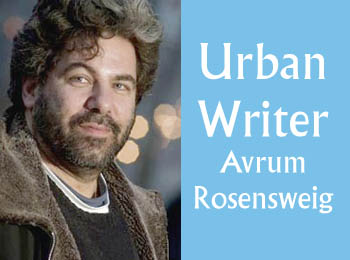Some call the Nazi persecution of the Gypsies “the forgotten Holocaust.”
According to Toby Sonneman, the author of Shared Sorrows: A Gypsy Family Remembers the Holocaust, “this story still has not been told fully… and this lack of recognition impacts not only how we understand the past but also how we see the present.”
Sonneman adds, “Without full acknowledgment that Gypsies were victims of the Holocaust, too little attention is paid to the current situation in Europe, where Gypsies are frequently victims of prejudice and racially motivated mob attacks.”
Here are some facts you should know.
• The “Gypsies” or the “Roma,” an ethnic group from India, arrived in Europe in the late Middle Ages and became a part of the ethnic mix of many countries.
• 1929: the Germany establishes the Centre for the Fight Against Gypsies.
• 1933: Jews, Gypsies and disabled are classified as “inferior peoples” in Germany.
• The Nuremberg Laws of 1935 aimed at the Jews are amended to include the Gypsies.
• 1936: the first German Gypsies are arrested and deported to Dachau concentration camp.
• 1938: June 13-18, 1,000 Gypsies are deported to concentration camps. Late summer, 3,000 more are deported from Austria. On Nov. 9-10, Kristallnacht, the notorious night of broken glass, occurred in Germany.
• 1940: 3,000 Gypsies are deported to Poland, and trainloads of Gypsies are transported from Vienna.
• 1941: Gypsy children are expelled from public schools in the Reich. Gypsies from Lackenbach concentration camp are deported to Lodz Ghetto in Poland.
• 1942: 5,000 Gypsies are deported from Lodz concentration camp to Chelmno and killed in mobile gas vans.
• 1942: Nazi extermination camps in occupied Poland begin gassing Jews, Gypsies and others, and Gypsies are transferred from Buchenwald to Auschwitz to build a Gypsy enclosure in Birkenau.
• 1943: most Gypsies in Germany are arrested and sent to Auschwitz.
• 1944: The Gypsy camp at Auschwitz-Birkenau is liquidated, and 3,000 Gypsies are gassed in a single night.
• 1945: Nazis evacuate Auschwitz and prisoners begin “death marches” toward Germany.
It’s generally thought 500,000 Gypsies were murdered by the Nazis. Some sources, however, suggest the number could be much higher.
On Aug. 5, 2012, 5,000 neo-Nazis marched on Devecser, a Hungarian village that’s populated mostly by Roma, yelling, “You are going to die here.” They threw water bottles and stones at houses where Roma lived. Most of the mob was bused in. The leaders of the groups marching included Gabor Ferenczi of Jobbik, a far-right political party that won 16 per cent of the vote in the last Hungarian elections. Recently, Jobbik called for a list of “influential Jews” in Hungary. In 2009, a Roma father and son were murdered there. Google “Roma Hungary.” There is much more.
Here’s what Amnesty International says about the Roma today: “The Roma community suffers massive discrimination throughout Europe. Denied their rights to housing, employment, health care and education, Roma are often victims of forced evictions, racist attacks and police ill treatment. Roma are among the most deprived communities in Europe. Romani children are frequently unjustifiably placed in ‘special’ schools, where curtailed curricula limit their possibilities for fulfilling their potential.”
In December, the Canadian government created a list of 27 “safe” countries. Refugee claims filed by people from these countries are mostly considered to be bogus. These refugee claimants will be fast-tracked, with no right of appeal for a negative decision. Hungary is on that list.
